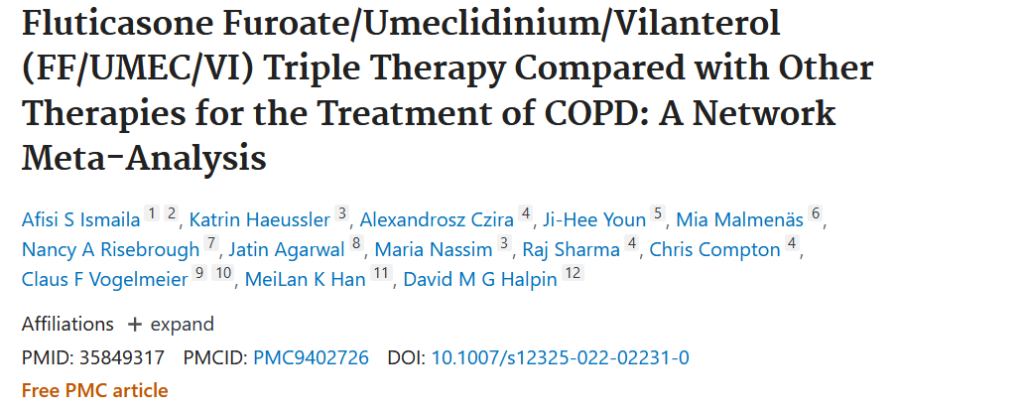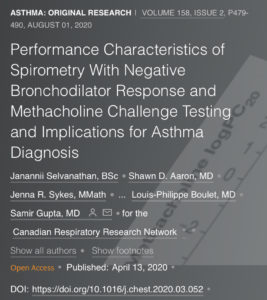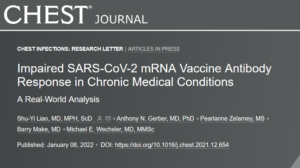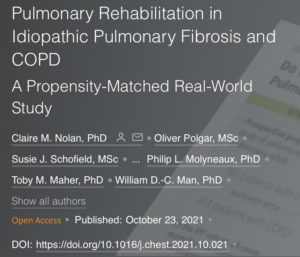
Combination therapy for chronic obstructive lung disease (COPD) is effective in controlling symptoms and preventing exacerbations. There are a number of inhalers available to treat COPD.
At our recent journal club we discussed recently published network meta-analysis, which investigated comparative efficacy and safety of single inhaler, containing three essential components of treatment potent inhaled corticosteroid (ICS) fluticasone furoate and two different bronchodilators long acting beta-agonist (LABA) vilanterol and long-acting muscarinic antagonist (LAMA) umeclidinium versus other formulations of these 3 groups of therapeutic agents (ICS, LABA and LAMA)
This network meta-analysis was conducted on the basis of systematic literature review which identified high quality studies performed on COPD patients. Only studies which assessed the effectiveness of different combination therapy by measuring lung function, rate of exacerbations and quality of life of COPD patients were included. Other combinations studied included budesonide, formoterol and glycopyrronium (ICS, LABA, LAMA respectively) and fluticasone propionate, salmeterol and tiotropium.
Single inhaler triple therapy was more effective at increasing the lung function compared to other triple therapy combinations. It was also noted to decrease the rate of exacerbations compared to similar combinations delivered in 2 devices, and compared to budesonide, formoterol, and glycopyrronium.
This study supports evidence that recently developed single inhaler triple therapy devices may have advantages compared to a similar combination therapy delivered by multiple devices. The potency of the components and frequency of administration also play a role and should be carefully considered when choosing appropriate therapy for the individuals suffering from COPD
For the full article, follow the link: https://pubmed.ncbi.nlm.nih.gov/35849317/




